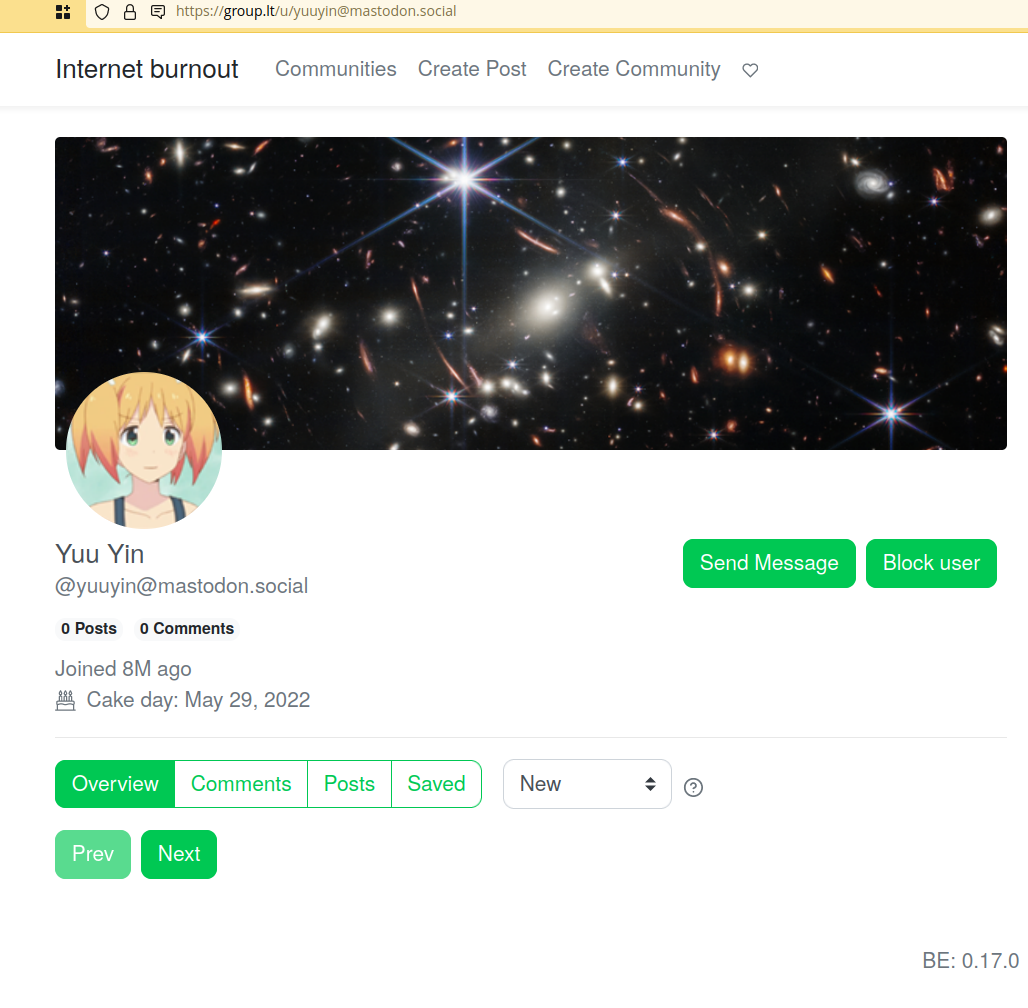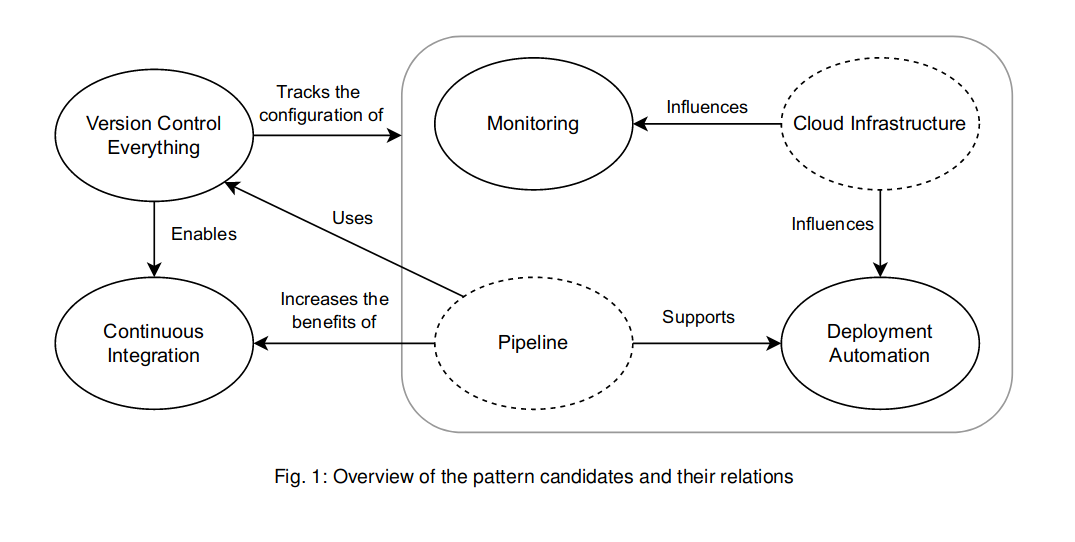Using as backend for a very important Web app (with possible IoT applications in the very future also) for me which I already conceptualized, have some prototypes, etc---this is what motivates me. I feel, for this project in specific, I shall first learn the offficial Book (which I am) and have a play with the recommended libraries and the take of Rust on Nails. I also have many other interesting projects in mind, and want to contribute to e.g. Lemmy (I have many Rust projects git cloned, including it).
their work essentially go in the trash
They learned a lot in the process probably, that is the most important for them after all. But relying on API is risky, so always go HTML scrapping. The frontends are super useful for finding information already there without accessing the actual website. Always use Lemmy here for everything else.
2 things that help me very much: perject for GNU Emacs, and Contexts + usual workspaces for Xmonad.
can't believe it got to this point. heads on rust foundation seem more self-interested than community-oriented.
KDE Connect has been very unreliable to me. I'm using magic wormhole now.
This dormant black hole is about 10 times more massive than the sun and is located about 1,600 light-years away in the constellation Ophiuchus, making it three times closer to Earth than the previous record holder.
Artificial constellations that pollute the night sky... I remember there was a popular paper on the negative effects of this.
The consequence of Docker Compose is that most people use podman containers the same way as they use docker containers. You first create the container, and then you figure a way out, how to restart the container on every reboot. And this approach does not work with podman auto-update, because it requires this process to be upside-down … Wait upside-down? … What do I mean with that?
The canonical way of starting podman containers at boottime is the creation of custom systemd units for them. This is cool and allows to have daemonless, independent containers running. podman itself provides a handy way of creating those system units, e.g. here for a new nginx container:
interesting... as far as i remember podman official docs say nothing about that; or at least i do not remember seeing anything. so i ended up using compose with the unofficial podman-compose, which ended up being very frustrating.
so i thought it was primarily meant for OpenShift instead.
maybe i'll give podman another try now that i'm aware of that systemd integation.
Oh I misread; thought it enabled following fediverse users from within lemmy, but now i see it is actually the other way around. Thank you for clarifying!
Lemmy users can now be followed. Just visit a user profile from another platform like Mastodon, and click the follow button, then you will receive new posts and comments in the timeline.
does an admin needs to enable the follow button? it is not appearing for me.

Wonderful! Thanks contributors for all the work!

Some of them will detect if using virtualization. For example http://safeexambrowser.org/ by ETH Zurich
Ironically enough, it is free software https://github.com/SafeExamBrowser